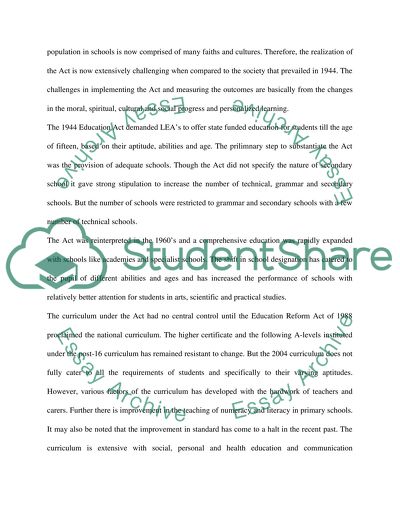Cite this document
(A Change in the Achievement Level of Students Term Paper, n.d.)
A Change in the Achievement Level of Students Term Paper. Retrieved from https://studentshare.org/education/1553261-discuss-and-evaluate-the-sociological-explanations-for-the-differences-in-uk-educational-achievement-in-schools-related-to-gender-ethnicity-social-class-and-the-hidden-curriculum
A Change in the Achievement Level of Students Term Paper. Retrieved from https://studentshare.org/education/1553261-discuss-and-evaluate-the-sociological-explanations-for-the-differences-in-uk-educational-achievement-in-schools-related-to-gender-ethnicity-social-class-and-the-hidden-curriculum
(A Change in the Achievement Level of Students Term Paper)
A Change in the Achievement Level of Students Term Paper. https://studentshare.org/education/1553261-discuss-and-evaluate-the-sociological-explanations-for-the-differences-in-uk-educational-achievement-in-schools-related-to-gender-ethnicity-social-class-and-the-hidden-curriculum.
A Change in the Achievement Level of Students Term Paper. https://studentshare.org/education/1553261-discuss-and-evaluate-the-sociological-explanations-for-the-differences-in-uk-educational-achievement-in-schools-related-to-gender-ethnicity-social-class-and-the-hidden-curriculum.
“A Change in the Achievement Level of Students Term Paper”. https://studentshare.org/education/1553261-discuss-and-evaluate-the-sociological-explanations-for-the-differences-in-uk-educational-achievement-in-schools-related-to-gender-ethnicity-social-class-and-the-hidden-curriculum.


